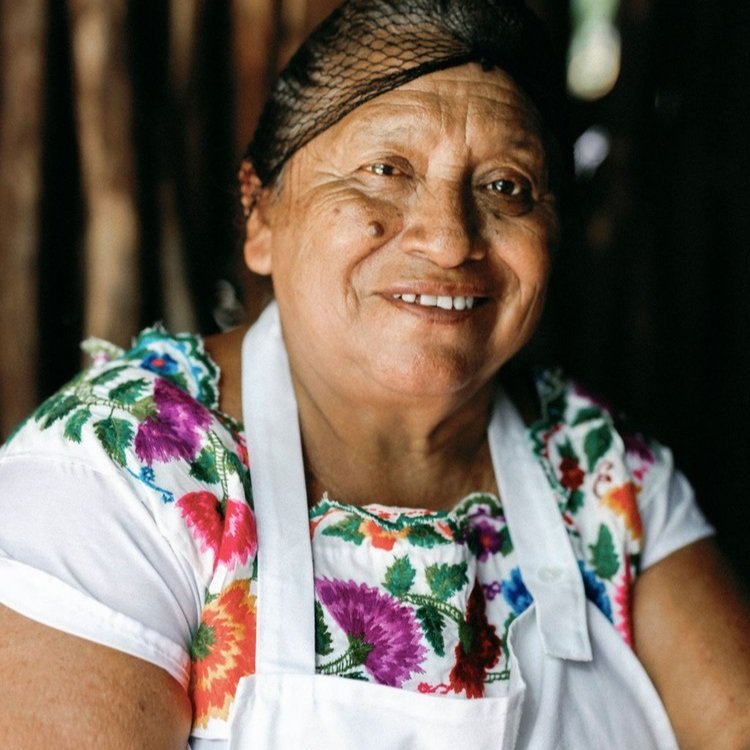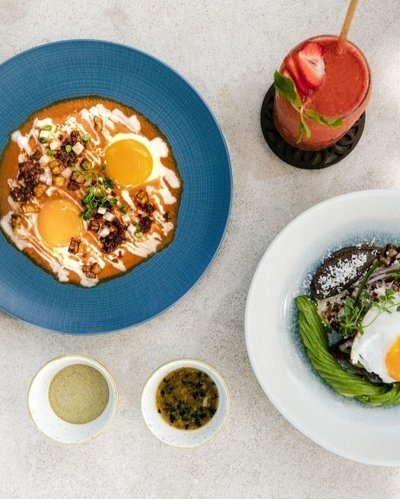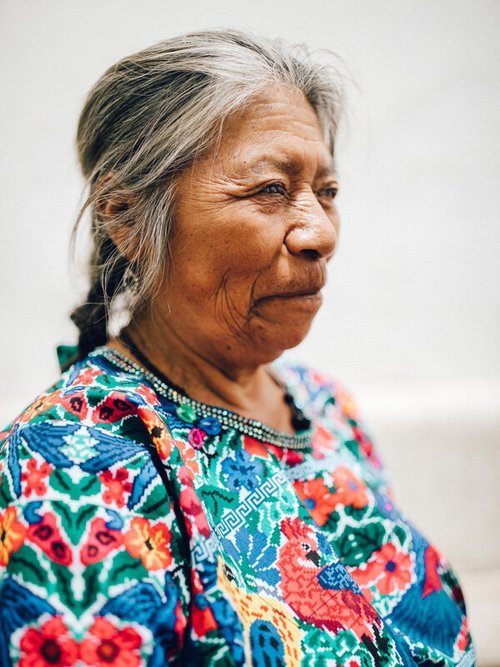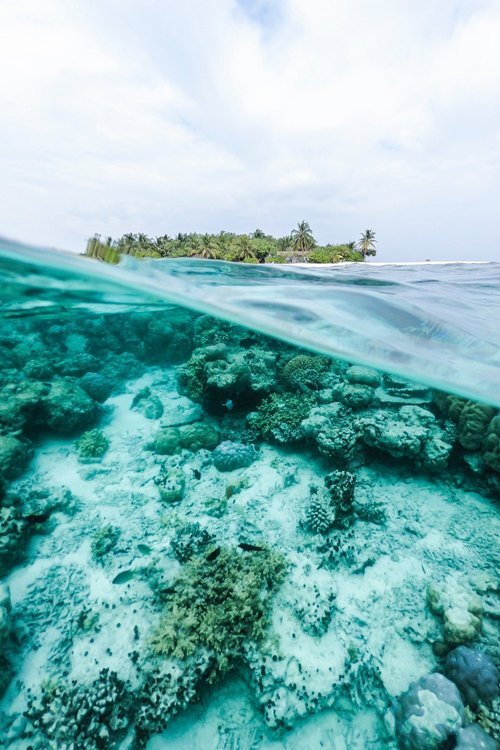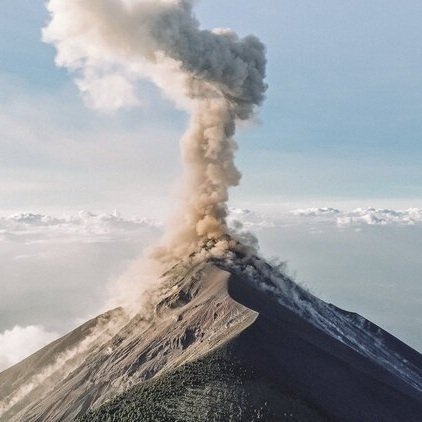Mexico
Mexico
A colourful tapestry of regions, each with their own cultural traditions, distinct flavours, lush landscapes and rich history.
Mexico is a destination that calls on all types of travel: families and couples looking for a balanced holiday filled with just the right amount of downtime and discovery, intrepid adventure seekers looking to dive into the depths of natural sinkholes and desert valleys, or discerning history enthusiasts hoping to unravel the mysteries of ancient Mesoamerica and the colonial era.
Mexico is home to more UNESCO World Heritage Sites than any other country in the American continent. Whether it’s exploring the remnants of the Mayan Civilisation in the steamy jungles of the Yucatan Peninsula, or through a privately guided visit of Mexico City’s world-class museums, this destination offers a wealth of possibilities to explore at each traveler’s own individual pace and style.
Foregoing the well-trodden tourist trail, our curated journeys to Mexico favour regions like Oaxaca—from the shimmering pacific coast and the smokey agave plains to the lively colonial capital—Merida and rural Yucatan—where the steamy, lush jungle abounds with ancient Mayan ruins and decadent Spanish Haciendas—Puebla and the historical state of Guanajuato, and the wild, untamed pockets of Baja Peninsula.
Offering a selection of hand-picked luxury stays—both unique hotels and exclusive private properties—our curated journeys to Mexico offer a holistic cultural experience that goes beyond the main sights and activities, bringing you into the heart of Mexican culture, both traditional and contemporary.
Mexico City
With a thriving culinary and art scene, Mexico City is not only one of the oldest cities in the Americas, but also an eclectic metropolis undergoing a cultural renaissance, where ancient historical sites exist side by side with colourful contemporary galleries, shops and delicious food—both on the street and in the most prized Michelin star restaurants. More than just a layover, Mexico’s must-see highlights include La Casa Azul, Frida Kahlo’s residence-turned-museum, the ruins of Teotihuacan, and the Basilica de Guadalupe.
Chichent’itza
One of the Seven Wonders of the World, Chichen’Itza was a great city of the Mayan empire from 750 to 1200 A.D. This sacred site was one of the greatest Mayan centres of the Yucatán peninsula. Throughout its nearly 1,000-year history, different peoples have left their mark on the city. The Maya and Toltec vision of the world and the universe is revealed in their stone monuments and artistic works.
Oaxaca
Offering a mixture of colonial past, enduring ethnic influences and vanguardism, Oaxaca is home to Mexico’s compelling ancient Zapotec legacy—frozen in time at the archaeological sites of Monte Alban and Mitla— as well as some of the country’s most captivating contemporary indigenous culture. Alongside its ancient sites, Oaxaca also produces some of the country’s best indigenous crafts, pottery and textiles, which can be seen at the weekly markets, or through a visit to artisan workshops.
Merida
The cultural heart and capital of the Yucatan Peninsula, the ancient colonial walled city was first inhabited by the Mayans, then served as base when the Spanish first arrived, a trade hub for the Dutch and English merchants. Today the city of Merida is a brimming melting pot of indigenous culture and colonial heritage, offering an authentic taste of Mexico. Merida is a comfortable and convenient base from which to embark on day trips to nearby haciendas, charming colonial towns like Izamal and Valladolid, Mayan ruins and natural sanctuaries.
Yucatan Peninsula
The Yucatan Peninsula, especially the area concentrated around the cultural centre of Merida, is home to the country’s more famous Mayan sites (Chichen Itza, Uxmal along the Puuc Route). Not to mention many beautiful haciendas in sprawling estates and luxury hotels in countryside retreats, the colonial town of Izamal, and the coastal reserves of Celestun and Rio Lagartos.
Chiapas
The lush state of Chiapas remains the heart of modern indigenous culture. As one of the country’s most ethnically diverse regions, it remains pastoral in character and customs. The colourful town of San Cristóbal de las Casas sits comfortably in a lush valley, and is the perfect base to explore the Mayan ruins of Palenque, the waterfalls of Agua Azul, and the surrounding mountain villages of San Juan Chamula, for a real insight into indigenous communities and highland life that has resisted the tides of time.
Puerto Escondido
A sleepy beach town on Oaxaca’s Pacific coast, Puerto Escondido is emerging as one of Mexico’s most sought-after retreats. Its constant swell and endless stretched of windswept beaches has long attracted a steady stream of surfers to spots like Zicatela and Carrizalilo, while the more isolated spots of Punta Pajaros, home to unique properties such as Casa Wabi, Hotel Escondido and Terrestre, offers a glimpse into contemporary Mexican living under the influence of architects like Alberto Kalach.
San Miguel Allende
Perhaps the most charming colonial city in Mexico, San Miguel de Allende is a laid-back cultural hub often frequented by art students and history enthusiasts. The historic quarter is an enchanting rainbow maze of baroque, neo-gothic and neoclassical urban mansions, cobbled streets, courtyards, plazas and churches. This bubbling town comes alive at night, with endless restaurants, rooftop bars, and—at the right time of the year—vibrant cultural festivals.
Baja Peninsula
From the migration of the humpback whales and the giant sea turtles, to the sea lion colonies and reefs abundant with fish, Baja California is home to unique wildlife that is effortlessly accessible. The rich colonial history of Baja contains some of Mexico’s first Spanish missions while cave paintings from pre-Columbian civilizations remain.
During Mexico’s dry season—December to March—flowers bloom and cover most of the country in a beautiful and pleasant display of colours. It’s considered a time of ideal beach weather along the Central Pacific Coast, and it coincides with the whale migration season, best enjoyed in the coast of Baja Peninsula. In the state of Guanajuato, it’s the perfect time for outdoor excursions amongst the eternal spring—which comes alive in the charming town of San Miguel Allende—something that also holds true for the region of Oaxaca. Balmy days and chilly evenings prevail across the high-altitude region of Chiapas. The Yucatan Peninsula is hot and humid almost year-round, though the dry season does make a visit, attracting the highest numbers of travelers.
CLIMATE
Tropical to Arid
WHEN TO GO
November - April
TIMEFRAME
8+ Nights
Start Planning
Our dedicated team of travel experts is ready to help you tailor this journey to your exact preferences and needs.
EXTEND YOUR JOURNEY








